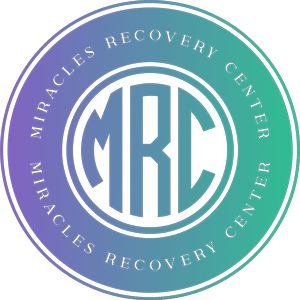In the complex web of addiction recovery, family therapy emerges as a beacon of hope, illuminating paths that lead away from the shadows of struggle towards the light of healing and understanding.
Table of Contents
- 1 1. Building a Supportive Environment
- 2 2. Improving Communication Within the Family
- 3 3. Addressing Underlying Family Issues
- 4 4. Strengthening Family Bonds
- 5 5. Developing Healthy Coping Mechanisms
- 6 6. Facilitating Behavioral Change Through Family Dynamics
- 7 7. Ensures Continuous Support and Relapse Prevention
1. Building a Supportive Environment
The first stride towards healing in the battle against addiction starts with constructing a supportive environment. Family therapy provides a unique platform where all voices are heard, creating an atmosphere of unconditional support and belonging. This nurturing environment acts as fertile ground for planting seeds of trust and understanding, essential components for the recovery journey. By fostering openness and preventing the isolation that often accompanies addiction, families can build a fortress of support around their loved ones.
2. Improving Communication Within the Family
Effective communication is the bridge that connects estranged family members, allowing them to traverse the chasm that addiction has created. Family therapy offers the tools and techniques to repair and strengthen this bridge, encouraging transparency, and facilitating the expression of deep-seated feelings without fear of judgment. This open line of communication unveils the underlying issues contributing to addiction, encouraging a collaborative approach to problem-solving and healing.
Therapists guide families through the delicate process of learning how to express concern without inadvertently placing blame, a nuanced skill that can significantly enhance the therapeutic process. By reshaping the dynamics of communication, families learn to support each other in more constructive and empathetic ways.
3. Addressing Underlying Family Issues
Addiction often sprouts from the soil of unresolved family conflicts or deeply rooted issues. Family therapy digs into this soil, bringing these underlying problems to the surface where they can be confronted and resolved. It’s a therapeutic excavation that clears the ground for new growth, understanding, and reconciliation. As these issues are addressed, the family unit begins to heal from the collective trauma, reducing the triggers that fuel addictive behaviors.
4. Strengthening Family Bonds
The strain of addiction can fray the threads that bind a family together. Family therapy seeks to mend these threads, weaving a stronger, more resilient fabric. Through various therapeutic exercises, families discover new ways to connect and support one another, reinforcing the bonds of kinship. This renewed sense of connection not only aids in the recovery process but also creates a lasting foundation for mutual support and understanding.
5. Developing Healthy Coping Mechanisms
In the shadow of addiction, maladaptive coping mechanisms often emerge as a misguided attempt to protect oneself from pain. Family therapy shines a light on these behaviors, guiding families towards healthier responses to stress and conflict. By learning coping strategies grounded in understanding and resilience, families can navigate life’s challenges without reverting to the patterns that perpetuate addiction.
Therapy sessions provide a safe space to practice these new coping mechanisms, allowing family members to gain confidence in their ability to handle difficult emotions and situations. This proactive approach not only supports the recovery process but also empowers families to face future challenges with a sense of competence and calm.
6. Facilitating Behavioral Change Through Family Dynamics
Family therapy operates under the understanding that individual behavior is often a reflection of the larger family dynamics. By examining and adjusting these dynamics, it’s possible to facilitate positive behavioral changes that support recovery. Therapists work with families to identify and alter patterns of interaction that contribute to the addiction cycle, fostering a home environment that promotes wellness and discourages substance abuse.
7. Ensures Continuous Support and Relapse Prevention
The road to recovery is not a straight path; it is fraught with potential obstacles and setbacks. Family therapy equips families with the tools to be a constant source of support, helping to prevent relapse by recognizing warning signs and intervening in a timely and effective manner. Through ongoing communication and collaboration, families become proactive participants in the recovery process, developing a contingency plan that addresses potential challenges and reinforces the commitment to healing and growth.


